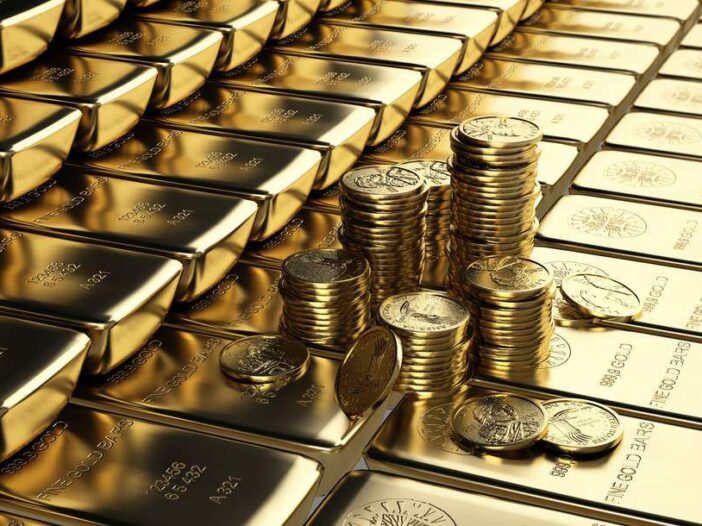Dear Reader,
Ah, the dream of living on the beach…
Buyers of Banana Beach residential apartments probably thought they were living the dream. The apartment block, located in sunny Marbella in southern Spain has impressive sea views, gardens and a pool. All a couple steps from the beach.
It all probably seemed too good to be true…and it was.
The block came about while Marbella was going through a massive property boom. As it turns out, during the craziness of the time, town hall officials reclassified public land that was meant to hold public or green spaces and instead gave builders license to build on it.
But once the boom turned to bust, everything came to light.
Some went to jail and buildings like Banana Beach built on irregular licenses were deemed illegal.
Banana Beach owners were stuck in limbo.
They held official deeds, they’d been living there for years and had paid their taxes. Some apartments had even been sold several times over. But now, it was all at risk of demolition.
Soon a huge debate ensued. Who should bear the burden? Was it the town, the builders or the buyers?
Banana Beach became an icon of the 15-year property bubble that gripped Marbella. I’ve done a bit of digging and as far as I can tell, it’s still considered illegal.
Anyway, my point is that it’s not until the downturn that things really start to surface.
And we’re starting to see some interesting things popping up now. There were two pieces of news recently that made me think of Banana Beach.
One was in Wuhan.
Nothing to do with the virus but with Kingold Jewelry, a major jewellery manufacturer listed on the NASDAQ.
The company is accused of using fake gold as collateral to borrow money.
As the story goes, over the last five years the company has borrowed 20 billion yuan (about AU$4 billion Aussie). To do this, they set 83 tons of gold and insurance policies as collateral over 14 institutions.
As it turns out, at least some of that yellow stuff isn’t gold but gilded copper.
It all started to unravel back in February, when one of the lenders, Dongguan Trust Co Ltd tried to sell Kingold’s gold after it stopped repaying their debt. It’s then that the company realised that they were holding gilded copper.
China Minsheng Trust Co Ltd — Kingold’s largest debt holder — got word of what was going on and got a court order to test Kingold’s gold before the company defaulted on their debt. They also weren’t holding any gold.
The whole story is out on Nikkei Asian Review. You can read it here.
[conversion type=”in_post”]
How much is a mirage?
The startling thing is the amount. China is the largest gold producer in the world and generated 383.2 tonnes in 2019. That’s close to 22% of China’s gold production for the year.
Kingold’s Chairman Jia Zhihong denies the whole thing. As he told Caixin in a phone interview:
‘How could it be fake if insurance companies agreed to cover it?’
Nikkei reports that the Shanghai Gold Exchange has already disqualified Kingold as a member, but obviously this puts in doubt how much gold really there is out there.
But the other interesting part for me is this, from Small Caps:
‘Much of the money borrowed was reportedly used to invest in China’s housing bubble, some of which investments obviously went sour.
‘Kingold bought a company called Tri-Ring that owned blocks of land in Wuhan and Shenzhen with some of the borrowed money.’
It’s all a domino effect.
We’ve had a record-long boom. Markets are at a high, and so is property…even with a pandemic raging. The question is, how much of what we’re seeing out there is real? And how much is a mirage?
This follows on the second piece of news of German finance service provider, Wirecard, who, as it turns out, is missing 1.9 billion euros.
That’s the thing with bubbles. It’s never in the boom that things come to light.
It’s only when things start to deflate that what’s lurking in the background starts to surface.
|
Best, |
 |
|
Selva Freigedo, |

